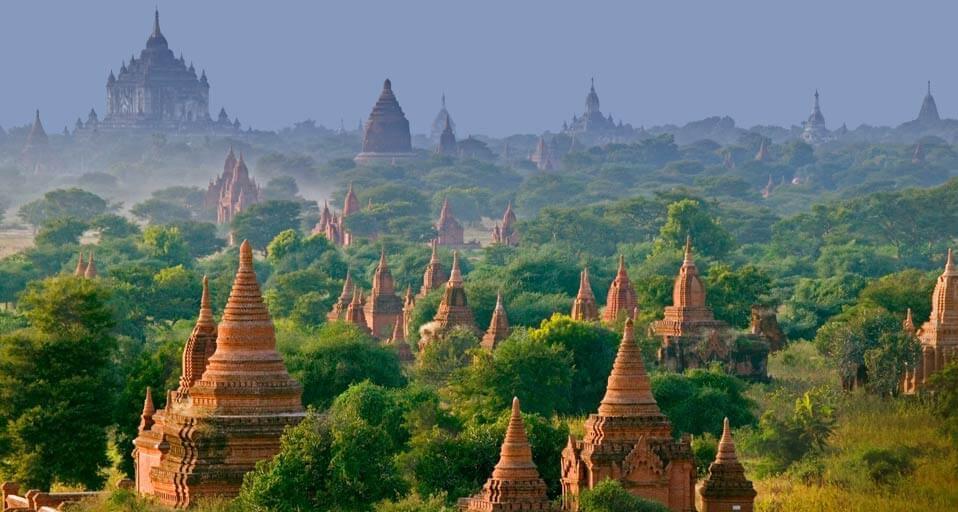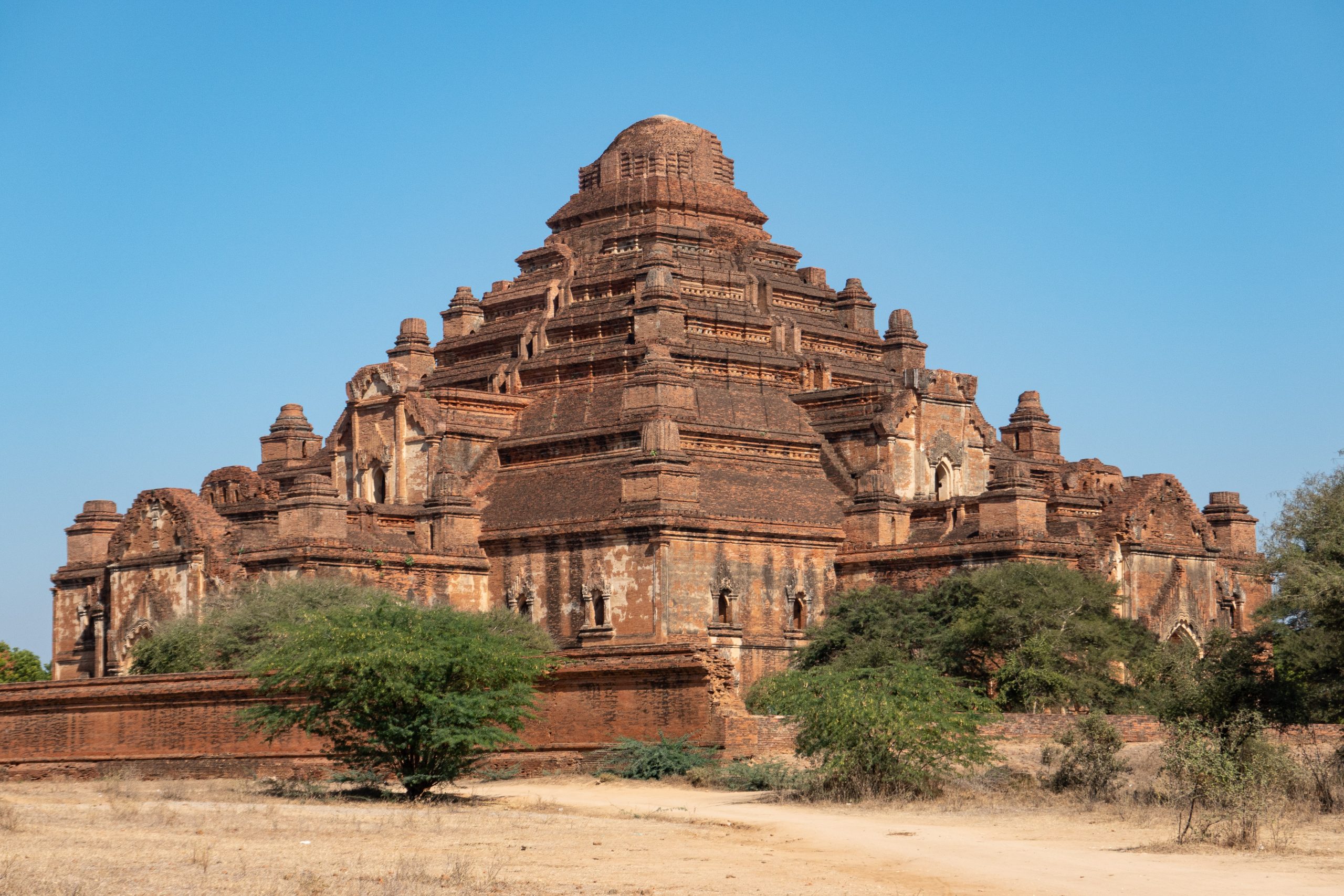THANK FOR YOUR INTEREST
We will contact you soon. How shall we contact you?
Or
Leave us you email
We will contact with you soon. How can we contact you?


HIGHLIGHTS
– Visit the elegant Htilominlo Temple built by King Htilominlo in 1218, renowned for its exquisite plaster carvings and glazed sandstone decorations.
– Visit Manuha temple, one of the few temples with sandstone faces covering the brick structure.
– Visit Ananda temple, famous for its unique architecture and murals.
– E-bike tour to discover other temples and pagodas
– Sunset watching from a hill overlooking the plain
Recognised as a UNESCO World Heritage, Myanmar’s ancient capital of Bagan is without a doubt the most amazing site in Myanmar, if not in all of Southeast Asia. Located on the banks of the Ayeyarwady (Irrawaddy) River, it is estimated that over 10,000 Buddhist temples, pagodas and monasteries once stood on this 100 square km plain in central Myanmar, of which the remains of over 2000 temples and pagodas still survive to the present day.
Under King Anawratha in the mid-9th century, Bagan was a central powerbase where, over the course of 250 years, the rulers and their wealthy subjects constructed over 10000 religious monuments.
This incredible cluster of temples will surely make Bagan the highlight of your stay in Myanmar.
Recognized as a UNESCO World Heritage, discover the ancient city of Bagan. Myanmar’s ancient capital is without a doubt the most amazing site in Myanmar, if not in all of Southeast Asia. Located on the banks of the Ayeyarwady (Irrawaddy) River, it offers a spectacular view of its impressive collection of what was once over 10,000 Buddhist temples, pagodas, and monasteries. Nowadays, only 2000 temples survived the ages and remain standing on this 100 square km plain in central Myanmar.
Under King Anawratha in the mid-9th century, Bagan was a central powerbase where, during more than 250 years, the rulers and their wealthy subjects constructed over 10000 religious monuments. This incredible cluster of temples will surely make Bagan the highlight of your stay in Myanmar.
After your breakfast, you will start your discovery at the elegant Htilominlo Temple, built by King Htilominlo in 1218, renowned for its exquisite plaster carvings and glazed sandstone decorations. The temple was damaged in the 1975 earthquake and was later renovated. On the opposite side, you will be able to visit Dhammayangyi Temple, the largest temple in Bagan.
Then follows the Ananda Temple, famous for its unique architecture and murals. Each temple and pagoda holding a unique charm and soul.
In the afternoon, you will discover Manuha temple, another Burmese pilgrimage site, and its neighbor Nanpaya, one of the few temples with sandstone faces covering the brick structure. At the end of the day, you will leave by E-BIKE – a small electric scooter, to discover several other temples and pagodas.
At the end of this adventurous day, you can enjoy the view of the golden sunset over the temples from a hill overlooking the plain.
Useful Information
Full day
English Speaking Guide
Private Pick up at your Hotel




